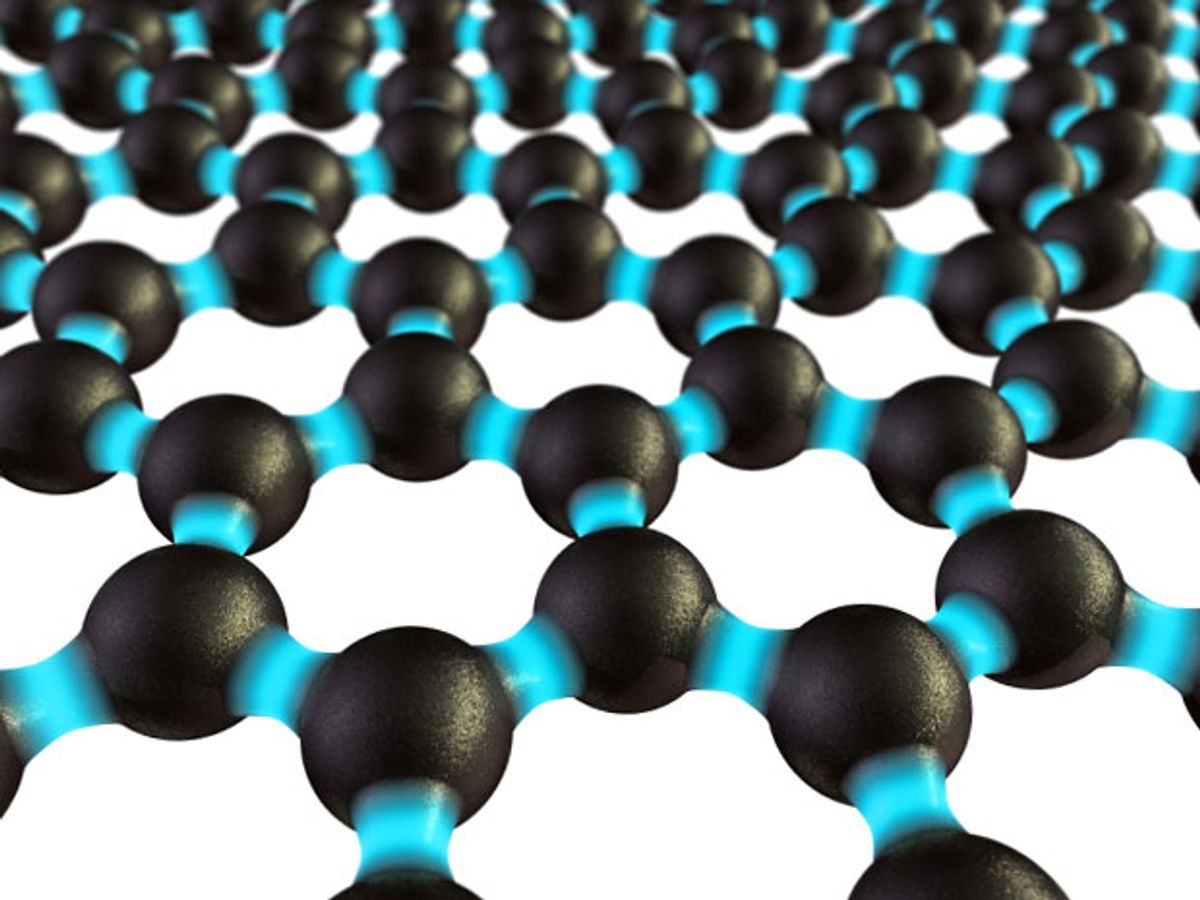Just two years ago, Andre Geim and Konstantin Novoselov, the two scientists who won the Nobel Prize for discovering graphene, succeeded in improving photodetectors to the degree that they could boost optoelectronic data transfer rates by a factor of 20. That breakthrough relied on using graphene combined with plasmonic nanostructures.
Now researchers at the University of Bath in the U.K. are reporting measurements indicating that graphene could lead to optical switches that are nearly a hundred times faster than materials used in today’s current switches.
The research, which was published in the journal Physical Review Letters (“Carrier Lifetime in Exfoliated Few-Layer Graphene Determined from Intersubband Optical Transitions”), found that the response rate of an optical switch using graphene to be around 100 femtoseconds, which is about a hundred times faster than the few picoseconds measured in today’s devices.
“We’ve seen an ultrafast optical response rate, using few-layer graphene, which has exciting applications for the development of high speed optoelectronic components based on graphene,” said lead researcher Dr. Enrico Da Como in a press release. “This fast response is in the infrared part of the electromagnetic spectrum, where many applications in telecommunications, security, and also medicine are currently developing and affecting our society.”
In addition to photodetectors and optical switches, graphene is proving attractive for tunable notch filters, an area where IBM has made some interesting progress. Also, researchers have been able to exploit graphene’s wide spectral range for different kinds of tunable lasers that are used in optoelectronic systems.
In fact, the research team’s long-range goal is to apply this discovery to the development of graphene-based quantum cascade lasers that could be used for pollution monitoring, security, and spectroscopy applications.
Image: Martin McCarthy/iStockphoto
Dexter Johnson is a contributing editor at IEEE Spectrum, with a focus on nanotechnology.



